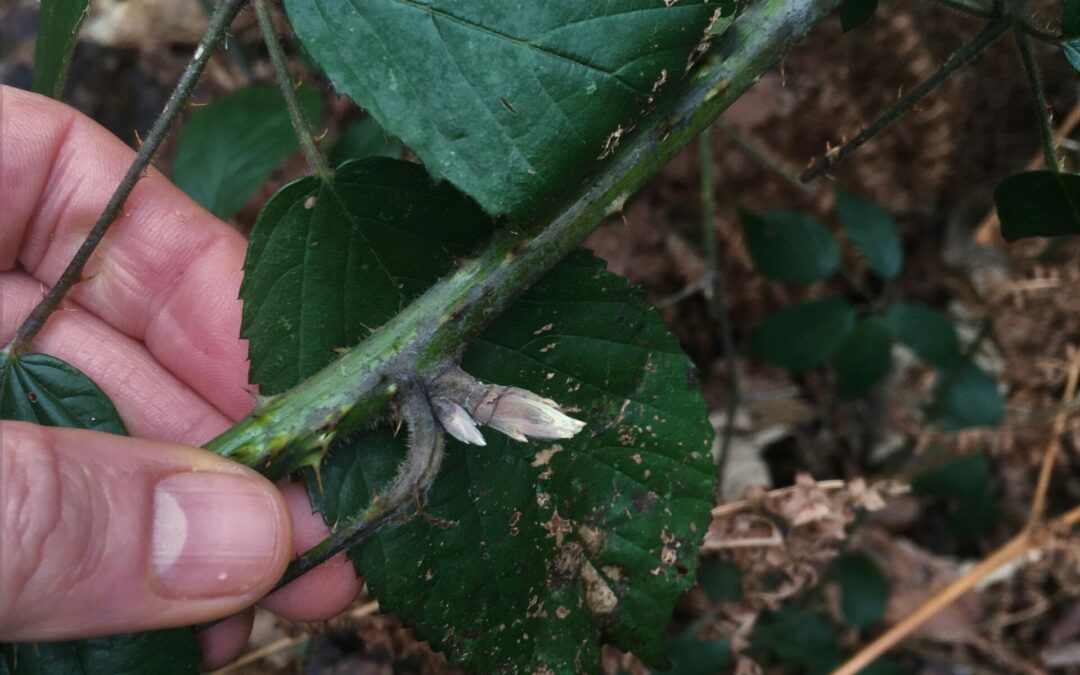
by Ruby Taylor | Feb 21, 2024 | Forage of the Month
Bramble Tips Lots of us know bramble as the blackberry bush, the one that gives us those delicious autumnal berries that stain our fingers and tongues. Bramble plants are vigorous and plentiful in their growing habit, and the hardiness of the plant means it has a...
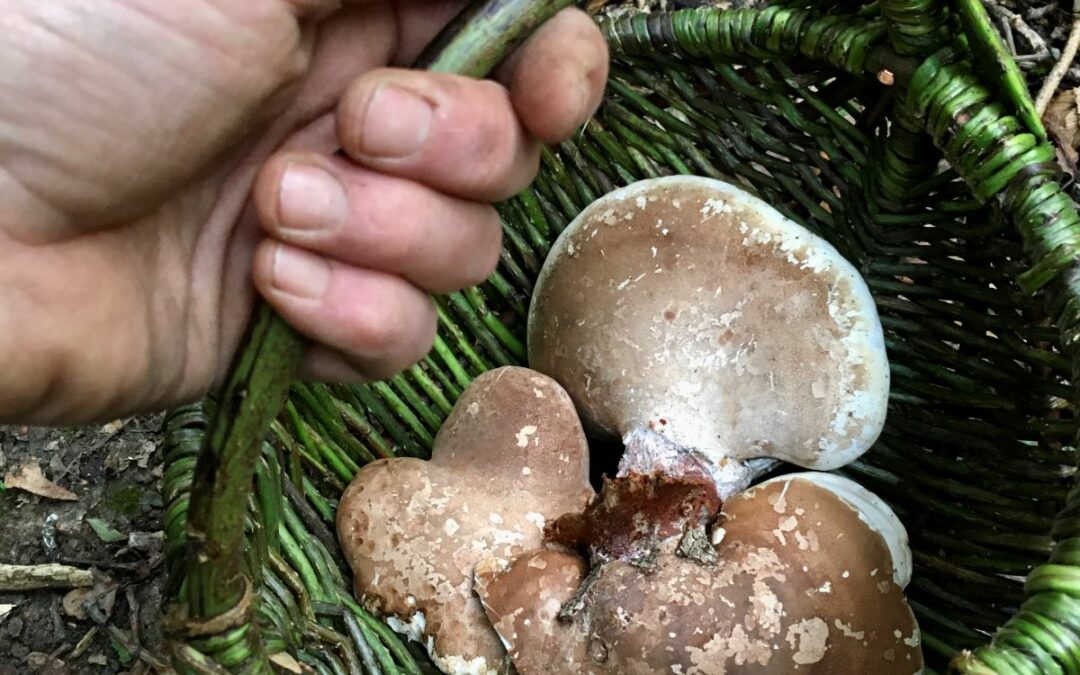
by Ruby Taylor | Oct 31, 2023 | Forage of the Month
Birch Polypore This is the wild mushroom that’s in the soup we cook on the fire for lunch on my woodland courses. Birch Polypore (Fomitopsis betulina) is also known as razor strop fungus, birch conk, birch bracket. My herbalist friend Lucinda Warner describes...
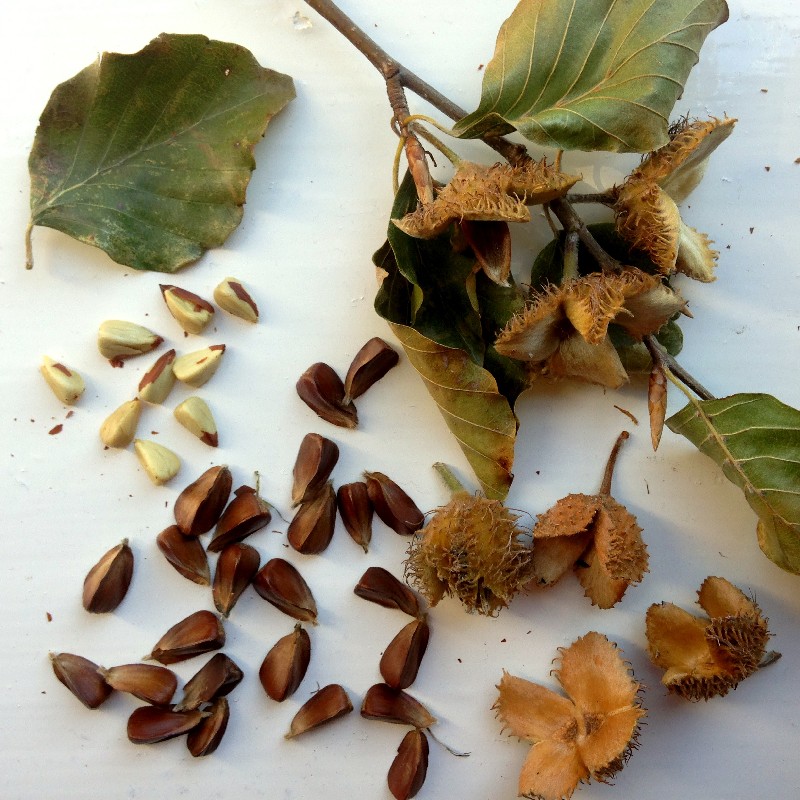
by Ruby Taylor | Oct 9, 2023 | Forage of the Month
Beech Nuts Beech trees are beautiful for so many reasons! Where I grew up, near the Chilterns in South Oxfordshire, we roamed in beech woods during bluebell season, and in the autumn when their fallen leaves glow copper. For other creatures and plants, beech woodland...
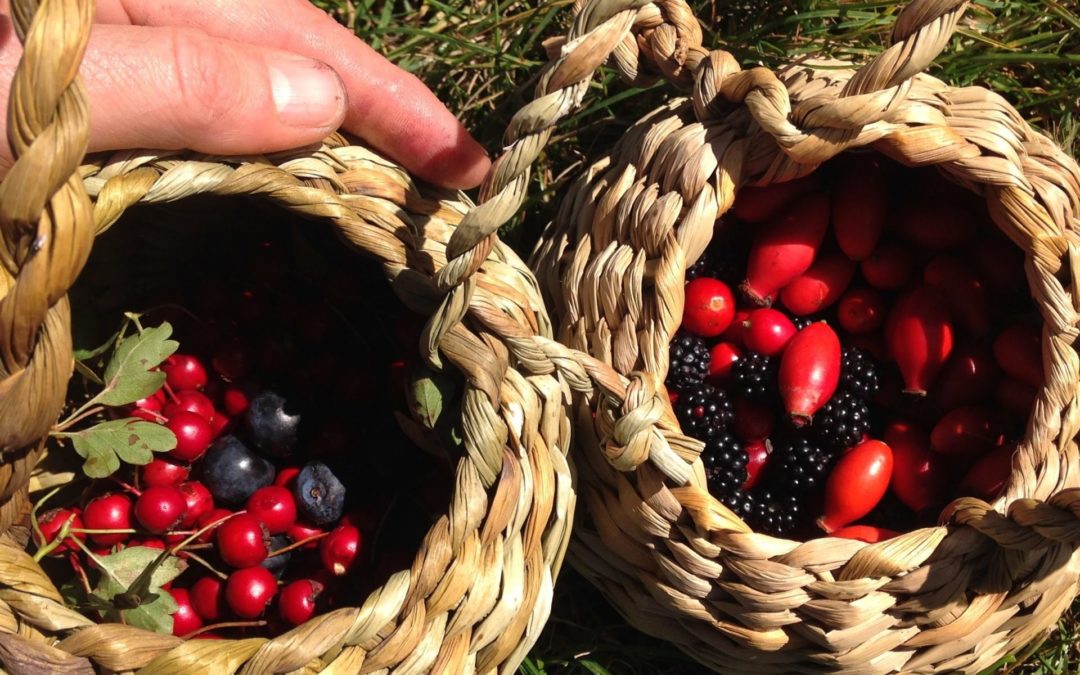
by Ruby Taylor | Sep 1, 2023 | Forage of the Month
Fruit Leather Fruit leather is a really popular snack and easy to carry around with you. It’s basically thin, pliable sheets of dehydrated fruit puree with a flexible consistency (like leather). But don’t buy it in the shops because it’s incredibly...

by Ruby Taylor | Jul 11, 2023 | Forage of the Month
Nettle Seeds Nettle seeds ready to harvest Nettles are a truly amazing plant. I recently found out about the ‘super food’ that is nettle seeds, and have been making the most of the nettle patch at the end of the garden ever since. Full of fantastic...
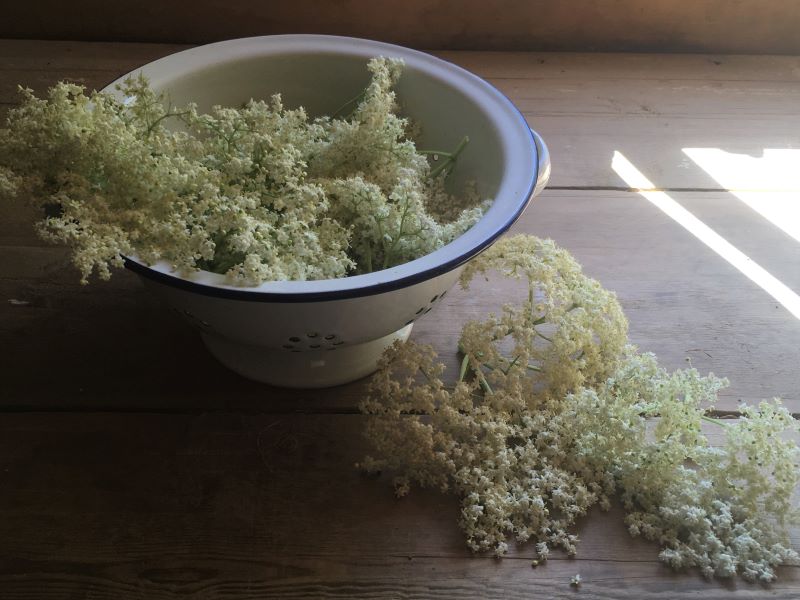
by Ruby Taylor | Jun 6, 2023 | Forage of the Month
Elderflower Fritters Pick your elderflowers on a calm, sunny day when the buds are freshly open, before the petals brown around the edges. This is when they’re most flavoursome. Lightly shake them to release any small insects, then snip off the larger stalks....






